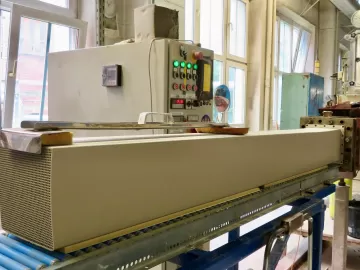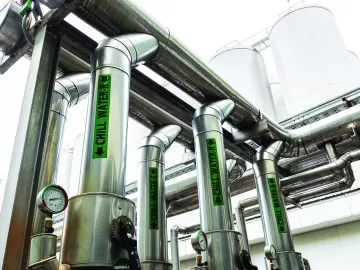Technology

Word is beginning to filter out about the 2022 changes to the ASHRAE 90.1 energy efficiency standard, and the changes it promises to bring to how compressed air systems are specified, commissioned and maintained. More specifically, the industry is learning about section 10.4.6 of 90.1, which is the first time the standard has included a section on compressed air.
[ Read Full Story ]
Preparing Reciprocating Air Compressors for Winter
[ Read Full Story ]
Promote Sustainability with an Optimal Air Compressor Lubricant
[ Read Full Story ]
The Gentex Journey to Reliable Energy Conservation - 3 Levels of Compressed Air Systems
[ Read Full Story ]
HAUG Oxygen Compressors for Efficient Gold Extraction
[ Read Full Story ]
Compressed Air Dryer Key Performance Indicators
[ Read Full Story ]
Sullivan-Palatek’s Passion Drives Continued Success
[ Read Full Story ]
Milk Plant Deploys the Second Stage of Energy Savings
[ Read Full Story ]
Sterile Compressed Air Filters Remove Bacteria
[ Read Full Story ]
Nitrogen Characteristics and Benefits of On-Site Generation
[ Read Full Story ]











